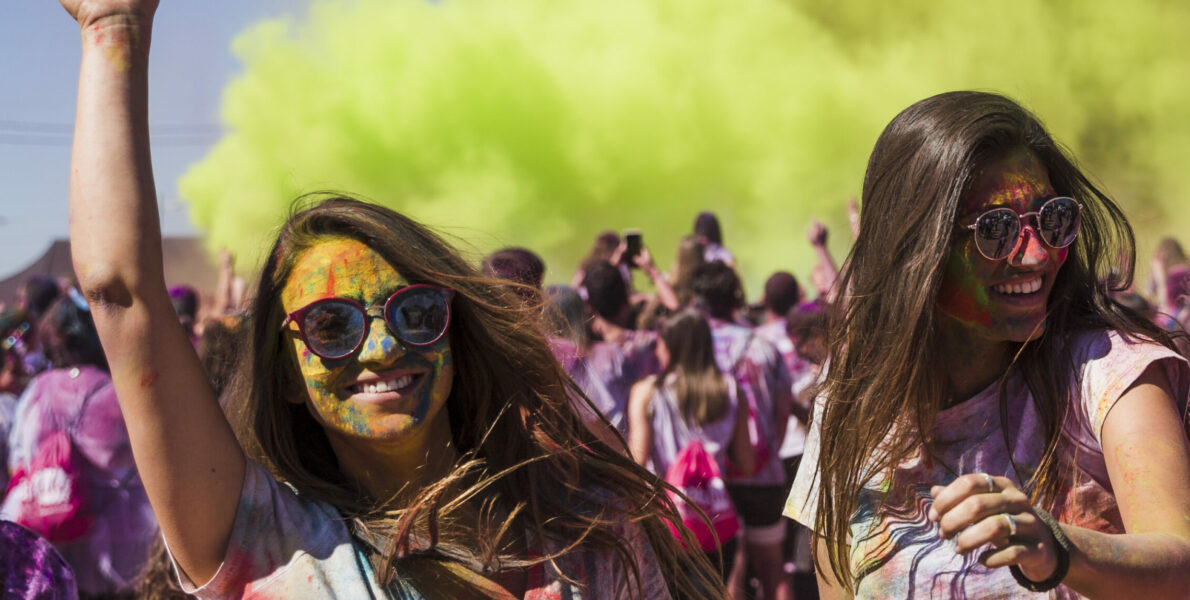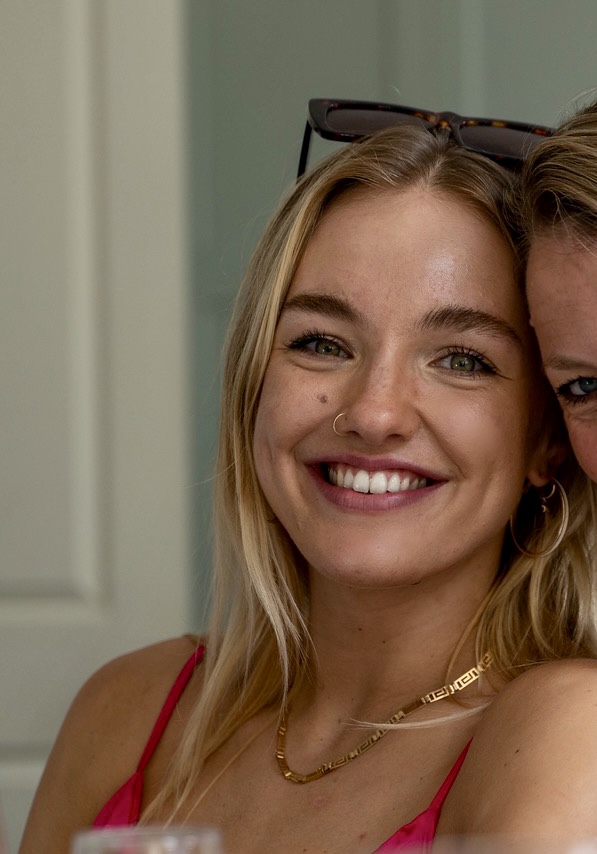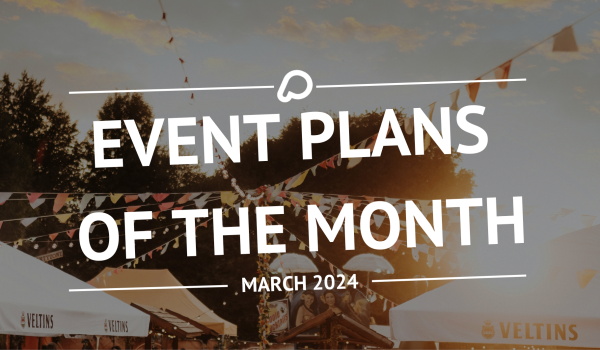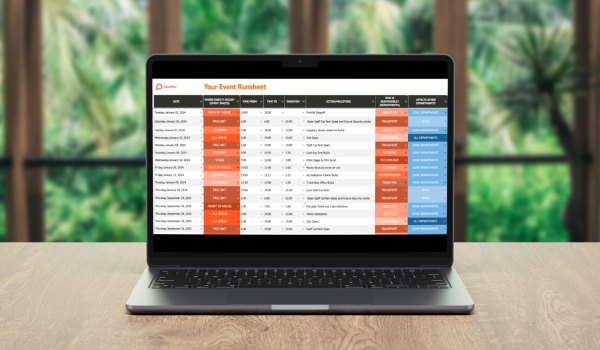Three members of the OnePlan team recently co-wrote an article in The Crowd Magazine about planning safe experiences for women in festivals. This blog post shares the article’s main points.
There are a number of ways event organisers can plan for women’s safety, to ensure better experiences during both day and night time events. We’re pleased to see an increasing number of festivals being planned with this in mind.
A Starting Principle: Inclusivity
A starting principle is to create inclusive events that feature women. Ensuring a gender balance in festival line-ups and conference speakers, for example, is an important first step for your event to appeal to women. This can subsequently improve the gender balance amongst attendees, as places are perceived to be safer when the ratio of men to women is roughly equal.
All events should have safety policies clearly published online pre-event, and then displayed at the event on signage around the site. The policy can state, for example, that there is zero tolerance for harassment, violence or discrimination of any kind. Being an active ally for women starts with clear messaging of your event principles.

From these principles stem the operational elements for how you design the event or festival itself – there are many opportunities to design your site for women to be, and feel, safe. We’ve highlighted three areas to help you prioritise women’s safety when designing an event.
1. Make visibility a priority in all spaces of your site
When designing your event, ensure that there are no hidden spaces in which safety could be compromised. This includes the public spaces of your event or festival venue, as well as the back-stage areas for talent and crew. When plotting the different areas of your live event site, ensure that all spaces are clearly blocked out and don’t create hidden zones. A good way to check this is by viewing all parts of your site from different angles within your event planning tool.
Another important feature for visibility is ensuring you create well-lit event sites. This is especially important for washroom areas and camping sites, which can often be more confined spaces. Adding more lighting to these areas in your event plan will ensure your site has optimal power to avoid any lighting failures which can cause panic.
For festivals with campsites, ensure effective lighting at night time along the entire route to and from the camping area. There are multiple types of lighting – high and low – that can be planned for and procured as part of designing your festival.
2. Planning and managing crowd flow for Women's safety
Crowds can be controlled through effective routes, navigation and signage. Designing safe crowd flow management includes ensuring there aren’t any points at which people can get trapped or easily separated from their friends and family. One way in which crowd management can be optimised for the safety of women is through routes that provide adequate personal space and mitigate against a high density of people in confined spaces. One-way flows, separated with barriers, will also create smoother and safer movement around event sites.
Another key consideration is how families, including mothers with young children, can be safe at busy events. Plot your family zones in areas away from where crowd density is likely to be highest. Within these areas, and elsewhere on your festival site, breastfeeding may be likely so consider how this can be done comfortably and safely for the mother’s benefit.
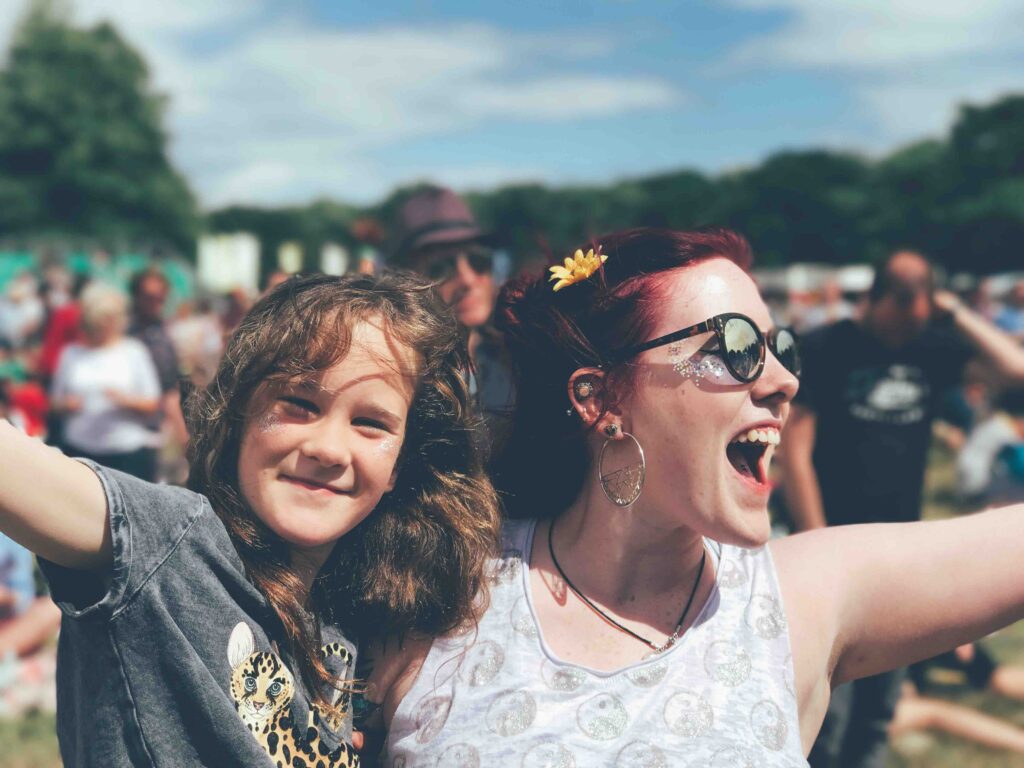
For festivals with campsites, ensure effective lighting at night time along the entire route to and from the camping area. Adding more lighting to these areas in your event plan will ensure your site has optimal power to avoid any lighting failures which can cause panic.
3. Plan security with Women in mind
Depending on the type of event, security personnel can give confidence to women that they’re in a safe environment. For safe and successful events, a higher number of security staff can be deployed, and positioned at different places within the venue depending on the time of day and crowd density. For example, consider placing security personnel on your event plan for campsites at night time, along with the appropriate lighting.
Female security guards can provide women with greater confidence, especially at security points such as the entrance and exit. Consider the gender balance in your security team and position female security guards in areas that will benefit women’s safety at the event. At busier events, organisers can consider providing women with whistles or similar devices so they can attract attention if needed at any stage. Festivals can also be planned with the option for women to book women-only campsites.
These are just some recommendations for how event organisers can design their sites with women’s safety front of mind. All of these items are possible to plan for your event on OnePlan. Our event planning tool was created from our team’s lived experience managing safe events and the need for a simpler solution to event design.
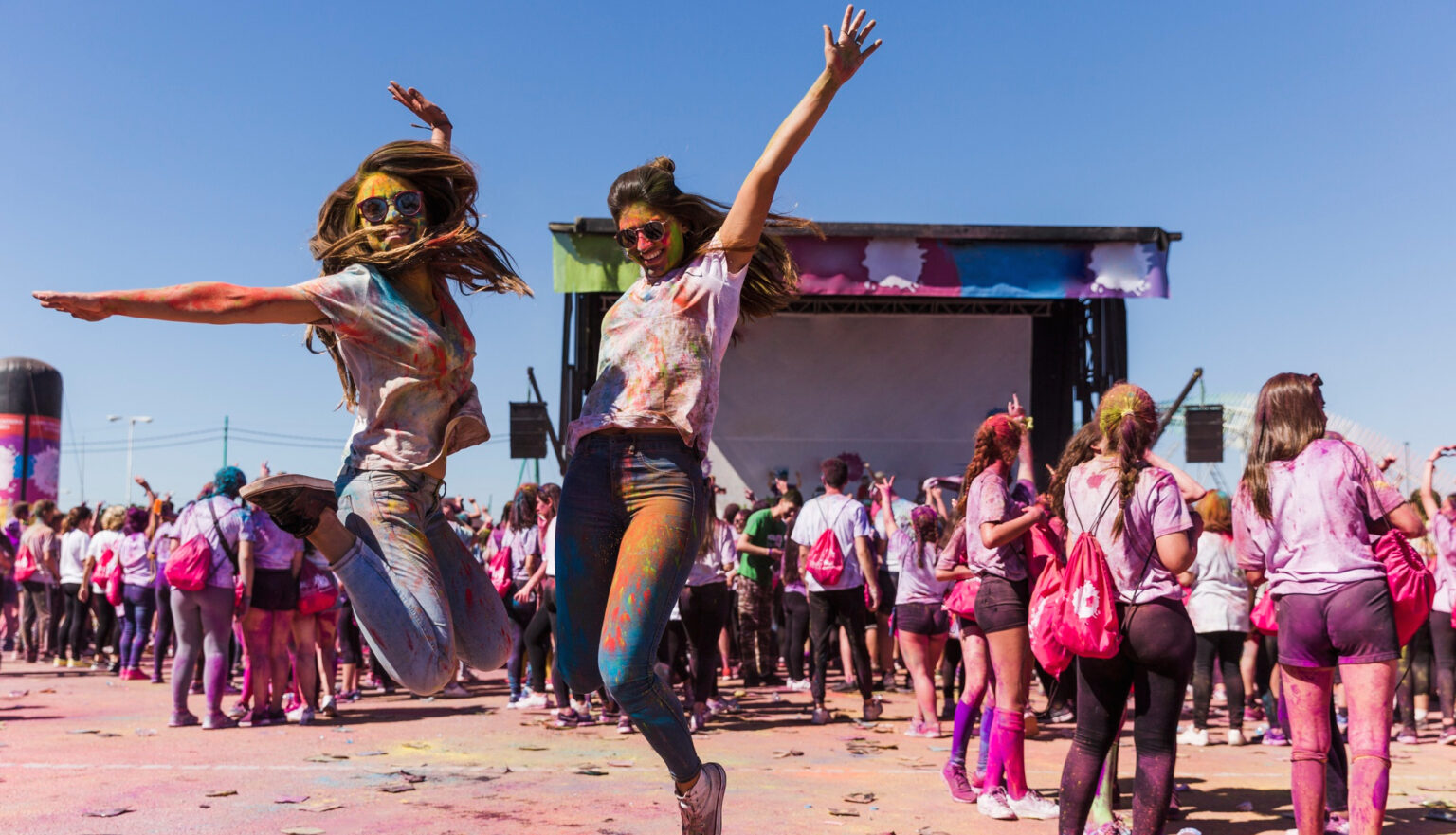
A future of safer events for women
We continue to strive for an on-going improvement in opportunities for women working in the events industry, especially in leadership positions, so that events and festivals can become ever safer. And beyond this, we encourage all aspiring event creators to manage fun and successful events that have women’s safety central to how their events are designed.
To plan your next safe and successful events on OnePlan, sign up now!

